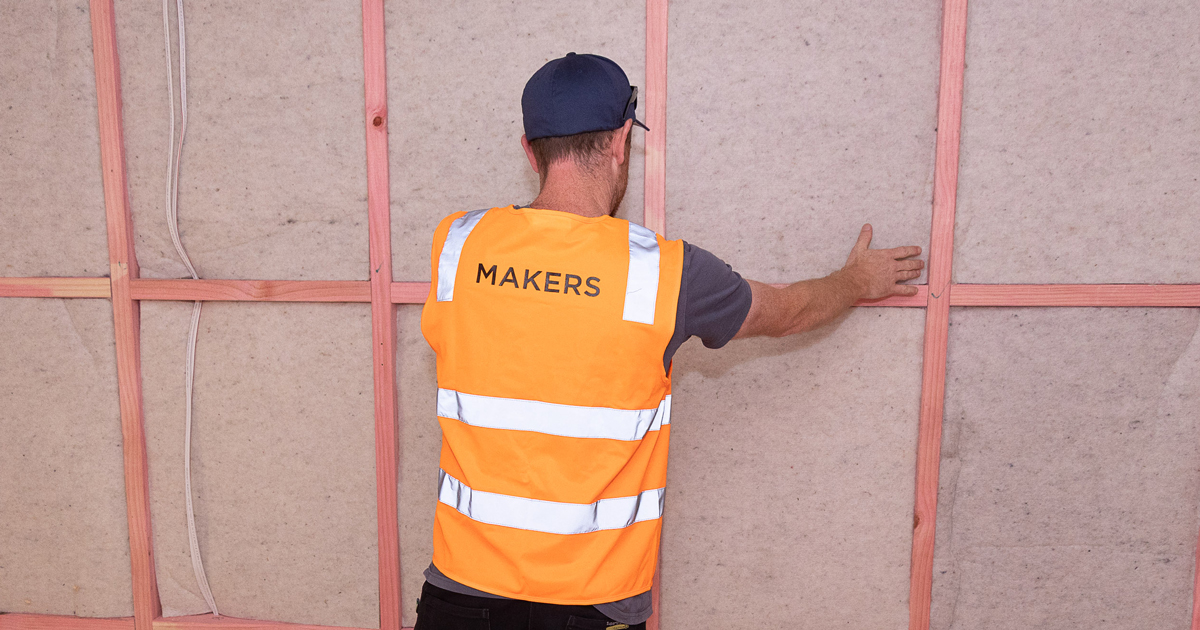Schedule Method to be removed as H1 compliance pathway
11 Jul 2025, Building and housing, Govt Announcements, Industry News, Regulatory

The Ministry of Building, Innovation and Employment (MBIE) is removing the Schedule Method as a method of complying with clause H1 of the Building Code
The Schedule Method shows exactly what R value needs to be achieved in different building elements – such as floors, roofs, wall and windows and doors – and different parts of the country to meet Building Code requirements for new buildings. This one-size-fits-all approach can be more expensive than other ways of complying with the Building Code.
Removing the Schedule Method is the first of several H1 insulation requirement changes aimed at:
- Better balancing upfront building costs and longer-term benefits, and
- Improving consistency and certainty of compliance and consenting.
Overall Building Code energy efficiency and insulation requirements are staying the same. New Zealand homes and buildings will still be built to those standards.
The Calculation and Modelling methods are two other ways of complying with Building Code insulation requirements, which are both effective, cheaper and more adaptable to suit each new home. These alternative methods require designers to assess all parts of a building’s energy efficiency and have been found to save up to $15,000 on the cost of a new home. There are a range of user-friendly online tools to help designers calculate energy efficiency using these methods.
The Schedule Method will be removed from the Building Code Acceptable Solutions and Verification Methods for Energy Efficiency by the end of 2025 and designers will have a transition time of 12 months to adjust to the changes.
Announcements about other simple changes to the H1 insulation requirements will be made closer to the time.
MBIE is also looking at treating the Far North as a separate climate zone for Building Code insulation requirements due to its higher average temperatures.
The idea of treating the Far North as a separate climate zone was proposed by Northland Mayor Moko Tepania and the Far North District Council during MBIE’s recent H1 energy-efficiency consultation. They argued in their submission that insulation rules in the region were too stringent given the region’s unique climate.
Head to underconstruction.placemakers.co.nz for more reporting on the subject.
Register to earn LBP Points Sign in



